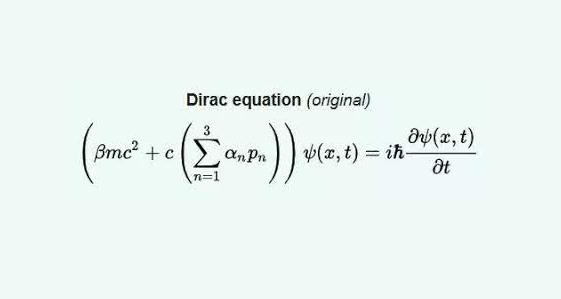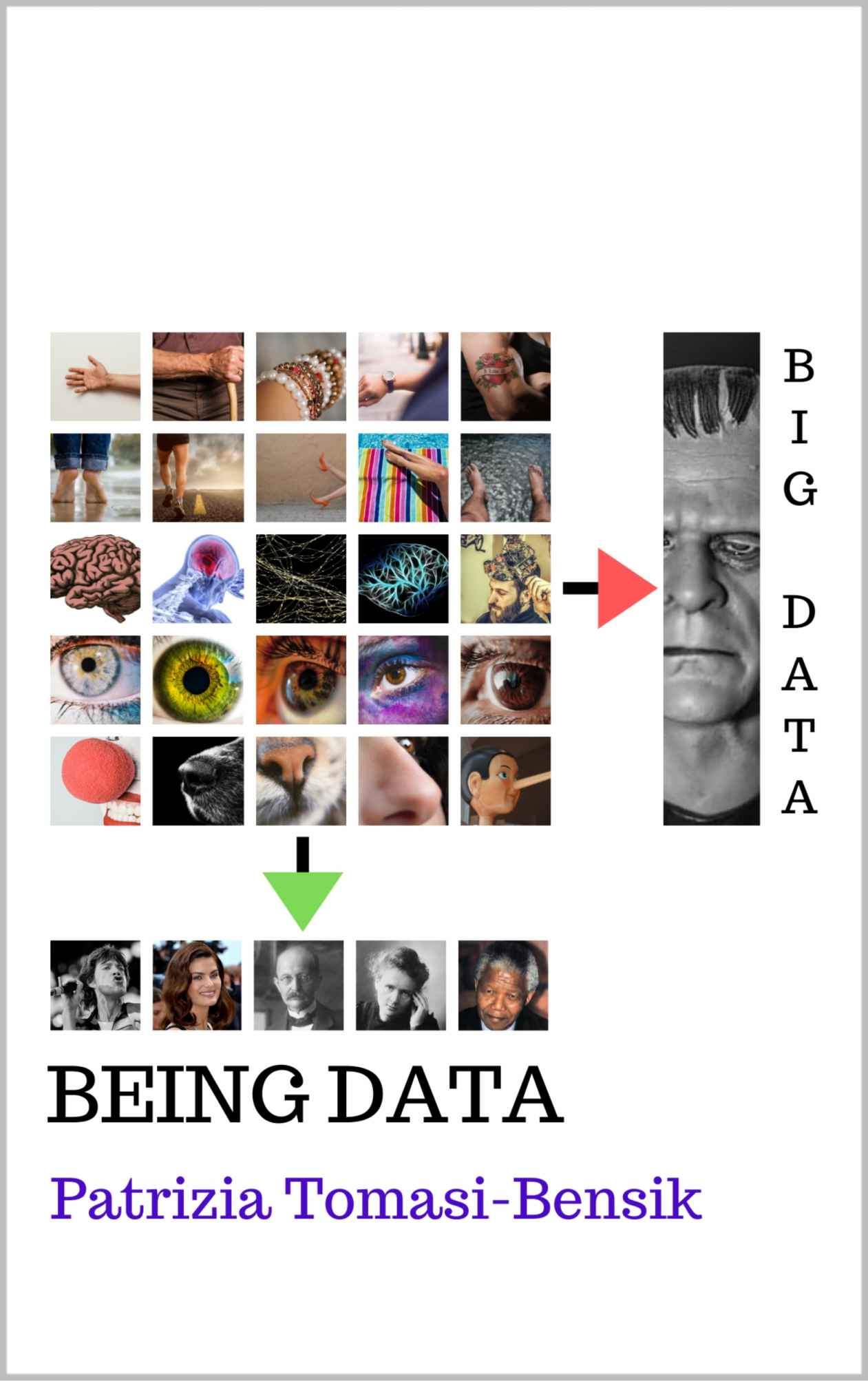Planck E PressCenter Articles
Matter and Antimatter
Date published: 2023-03-13
Date modified: 2023-03-13
Reading time: 00:01:03

Pick a flower on Earth and you move the farthest star.”
Paul A.M. Dirac
At the age of 25, Paul Dirac proposed his version of quantum mechanics. At 30, he won the Nobel Prize for his work.
Dirac's extremely elegant perspective incorporates aspects of Einstein's Special Relativity Theory, and as if that weren't enough, he surprised the Academy by presenting us with antimatter; a proposal confirmed by Carl David Anderson in 1932 and which earned him the Nobel Prize in 1936.
Dirac's equation has not one but two answers. The expected one defines the electron, while the other sketches something similar, but with, among other small differences, a shocking positive charge.
As is always the case with brilliant geniuses, Dirac struggled to accept this possibility, believing that he had simply discovered a proton. However, he soon realized the enormous difference between the mass of the detected particle (equal to that of the electron) and the mass of the protons, which is much greater.
Fascinated, Dirac is confronted with an antielectron. At this point, we are still in the theoretical stage. When this antiparticle is placed in the context that links quantum mechanics to SRT, Dirac realizes the enormity of his discovery: a counterpart of reality in which every particle has its anti-material version.
What makes the astonishment even greater is that the symmetry long awaited by realist physicists would prevent our existence: if there were an equal amount of matter and antimatter in the Universe, their collision would mean their disappearance, transformed into gamma rays.
Finally, two clarifications: Carl Anderson called the antiparticle theorized by Dirac the positron, and even today one of the greatest mysteries in Physics is the asymmetry that gives us existence, between matter and antimatter.
Recent Presscenter Articles
-
The Parametrization of Science
-
A Scientific Impossibility
-
The Unsustainable Stability of the Atom
-
The Bell-Curve and the Neutron
Planck E - Books
For further information about Planck E PressCenter, please contact us.
Divulging ingenious solutions
The mission of the Planck E PressCenter is to promote ideas, products and theories that have not yet reached the mainstream, as captured in our first release Eccentrics and their Ingenious Solutions.
Newsletter
Sign up for our weekly Planck E Newsletter, complete with the latest ingenious solutions.
Click here for the signup form.
Submit your ingenious solution
We encourage you to submit your ingenious solution, article, press release or "out of the mainstream" technical idea for publication on the Planck E PressCenter. Please send us an e-mail to presscenter@planck-e.com and enquire how.
To learn more about holistic engineering, solutions inspired by nature, monetization of diseconomies, training courses or the incorporation of Being Data to your day-to-day, please follow us on the social networks.



